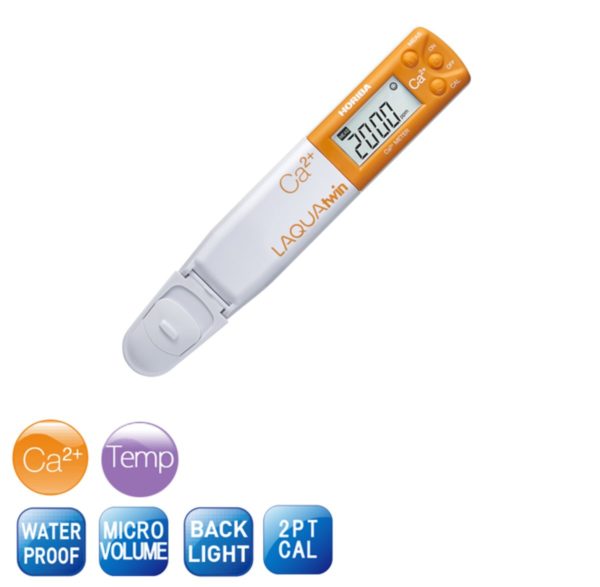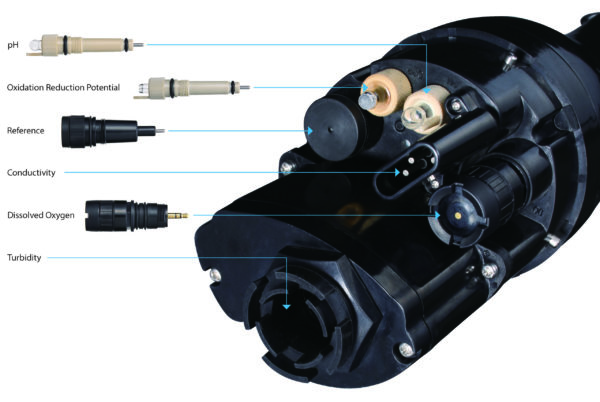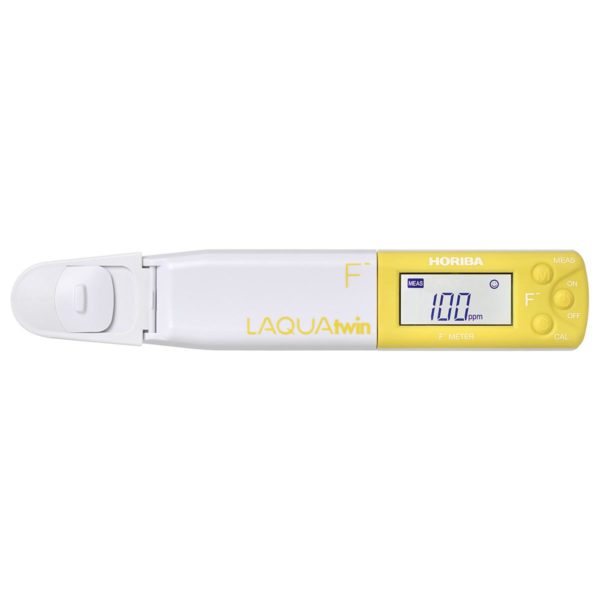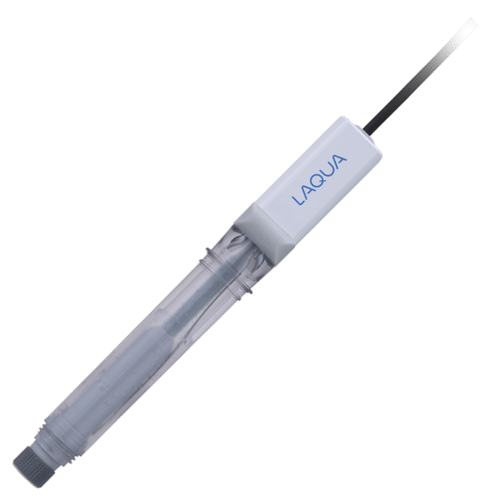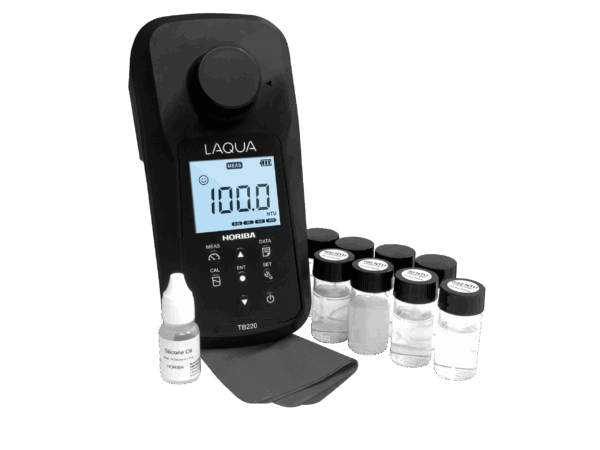Nitrate Measurement in Turf Grass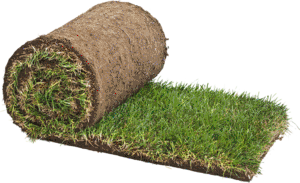
Nitrate concentration in grasses can be used as an indicator of soil nitrogen (N) availability for their growth. Research at the University of Connecticut suggests verdure sap nitrate-N concentrations at 200-300 ppm as the optimum level.
Introduction
Grasses store nitrogen (N) as nitrate in the bases of stems and shoots. Research conducted by Guillard and Morris (2013) at the University of Connecticut suggests that nitrate accumulate in the shoot bases of perennial turf grasses during the fall (when new leaf blade formation declines), which could be a significant source of N for the turf plant at the onset of new growth in the following spring after winter dormancy. At the optimum critical level of nitrate-N concentration and beyond, the turf response will plateau or flatten out – increasing the fall verdure nitrate-N concentrations with more fertilizer beyond the optimum critical level will not increase the grass quality in the fall or the following spring: the maximum quality response has been reached.
Pocket-sized LAQUA twin Nitrate Ion meter was used to measure nitrate-N concentrations in verdure sap. It eliminates the need to transport samples to a laboratory for expensive analysis performed using either colorimetry or chromatography by trained analyst.
Method
Calibrate the LAQUAtwin Nitrate Ion meter according to manufacturer’s instructions.
Sample Collection and Preparation
- Mow the turf to desired height and remove mowed clippings.
- Collect verdure samples—aboveground parts of the turf plant remaining after clippings removed. A golf-ball sized, compressed verdure sample is usually sufficient to produce adequate sap for the test.
- Squeeze the sap from the verdure sample using a hydraulic or garlic-type press.
Sample Measurement
- Place some drops of the extracted sap directly into the sensor.
- Record the reading once stabilized—☺ appears.
- After each sample, rinse the sensor with water and blot it dry with tissue.
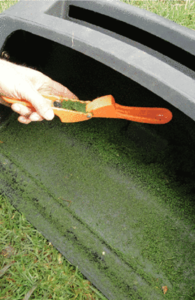
Collect verdure samples—aboveground parts of the turf plant remaining after clippings removed. A golf-ball sized, compressed verdure sample is usually sufficient to produce adequate sap for the test.
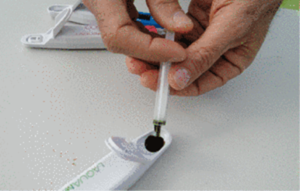
Place some drops of the extracted sap directly into the sensor.
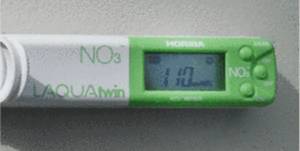
Record the reading once stabilized—☺ appears.
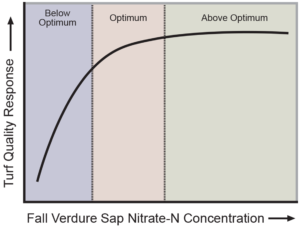
Results and Benefits
Research at the University of Connecticut suggests that no fertilizer is required in the fall if the verdure sap nitrate-N concentrations are 200-300 ppm or above during October through November in their climate (critical values were based on turf mowed to a height of 2¼ inches and test was conducted using Horiba’s LAQUA twin Nitrate ion meter). If less than 200, it suggests that some nitrogen be applied to obtain optimum turf responses. When readings are between 100 to 200 ppm, 0.25 to 0.33 lbs N/1000ft2 can be considered. If readings are less than 100 ppm, then 0.33 to 0.50 lbs N/1000ft2 can be considered, provided that N is applied before the onset of winter.
Reference
Guillard, Karl and Morris, Thomas. The Verdure Sap Nitrate Test To Guide Fall N Fertilization of Turf Sod. Sod Nutrient Management Technical Guide TG-0265-R1, June 2013


